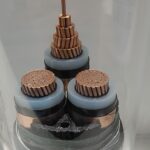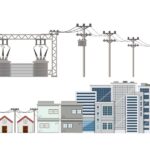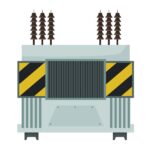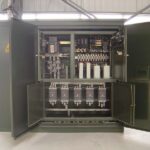What is medium voltage cable?
Many people know about low-voltage cables and high-voltage cables, but very few people know about medium voltage cables. The voltage range of medium voltage cables is between 6KV and 33KV. Its practical applications in life and production cover fields such as petrochemicals, transportation, wastewater treatment, food processing, etc., and it is also an important type of applied cable.
With economic development in recent years, the importance of medium voltage cables has gradually emerged, and the demand for medium voltage cables from all walks of life is also increasing. Due to its characteristic requirements, the size and type of medium voltage cables have special requirements. The structure of medium voltage cables is much more complex than that of low-voltage cables. Moreover, the materials used and the production process are also different. The insulation layer of medium voltage cables is generally composed of three layers: the conductor shield layer, the insulation material, and the insulation shield layer.
Also, the raw materials of medium voltage cables are different. Even if the insulation material has the same marking as low-voltage cables (such as XLPE), the raw materials themselves are different to ensure a purer insulation material. Coloring masterbatches used for low-voltage cables are not allowed for core identification.
Special attention also needs to be paid to the common fault problems that occur during the use of medium voltage cables. Most of the reasons are caused by the aging of the cable infrastructure. Generally, partial discharge is actually a precursor of faults because it provides evidence that the cable begins to deteriorate, which will lead to faults and outages in the future.
Cable aging usually starts by affecting the cable insulation by reducing the resistance. Resistance is a key indicator of defects, including moisture or airbags, water trees, electrical trees, and other problems. In addition, the separation sheath may be affected by aging, increasing the risk of reaction or corrosion, which may cause problems in service later.
Therefore, when choosing cables, it is necessary to purchase qualified and high-quality products because low-quality cables often have problems of premature aging, and aging is the root cause of many fault problems.







